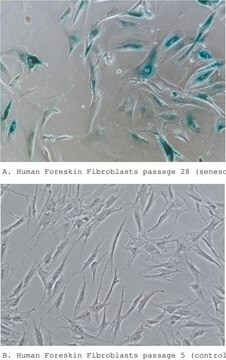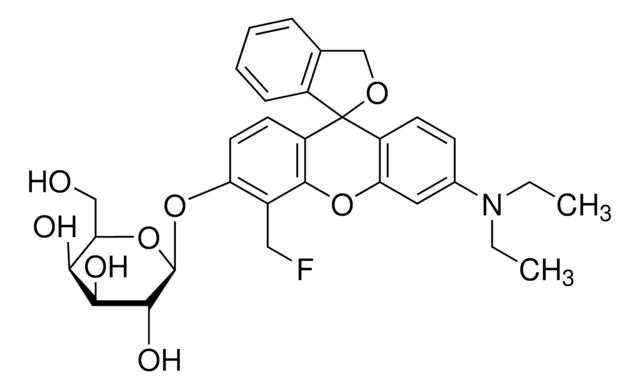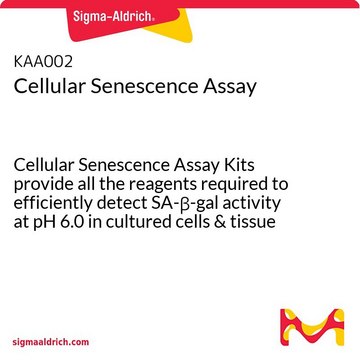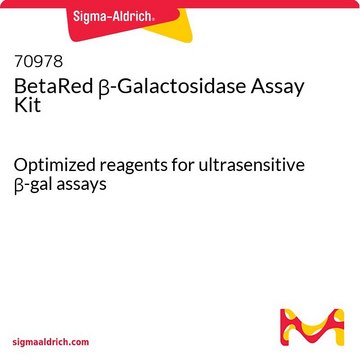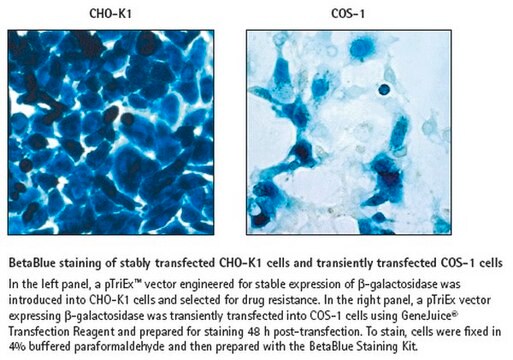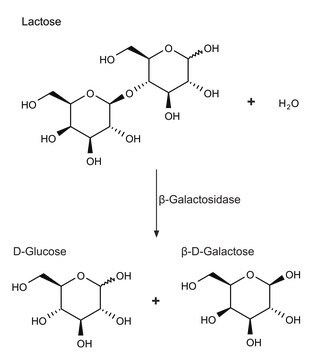GALS
β-Galactosidase Reporter Gene Staining Kit
Sinônimo(s):
β-galactosidase, LacZ
About This Item
Produtos recomendados
uso
kit sufficient for 100 tests (using a 3.5 cm dish)
Nível de qualidade
técnica(s)
microbe id | staining: suitable
Condições de expedição
dry ice
temperatura de armazenamento
−20°C
Descrição geral
Aplicação
- sagittal brain sections in histoenzymology
- pancreas or colon sections in β-galactosidase reporter gene assay
- mice E10.5 -11.5 embryo and embryo sections
Outras notas
produto relacionado
Palavra indicadora
Danger
Frases de perigo
Declarações de precaução
Classificações de perigo
Acute Tox. 3 Inhalation - Acute Tox. 4 Dermal - Acute Tox. 4 Oral - Aquatic Chronic 3 - Carc. 1B - Eye Dam. 1 - Flam. Liq. 3 - Muta. 2 - Resp. Sens. 1 - Skin Corr. 1B - Skin Sens. 1 - STOT SE 3
Órgãos-alvo
Respiratory system
Perigos de suplementos
Código de classe de armazenamento
3 - Flammable liquids
Ponto de fulgor (°F)
132.8 °F
Ponto de fulgor (°C)
56 °C
Certificados de análise (COA)
Busque Certificados de análise (COA) digitando o Número do Lote do produto. Os números de lote e remessa podem ser encontrados no rótulo de um produto após a palavra “Lot” ou “Batch”.
Já possui este produto?
Encontre a documentação dos produtos que você adquiriu recentemente na biblioteca de documentos.
Os clientes também visualizaram
Nossa equipe de cientistas tem experiência em todas as áreas de pesquisa, incluindo Life Sciences, ciência de materiais, síntese química, cromatografia, química analítica e muitas outras.
Entre em contato com a assistência técnica